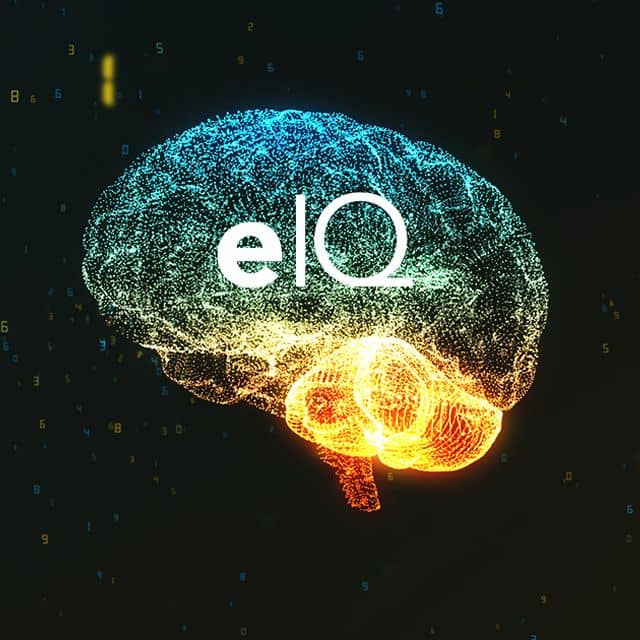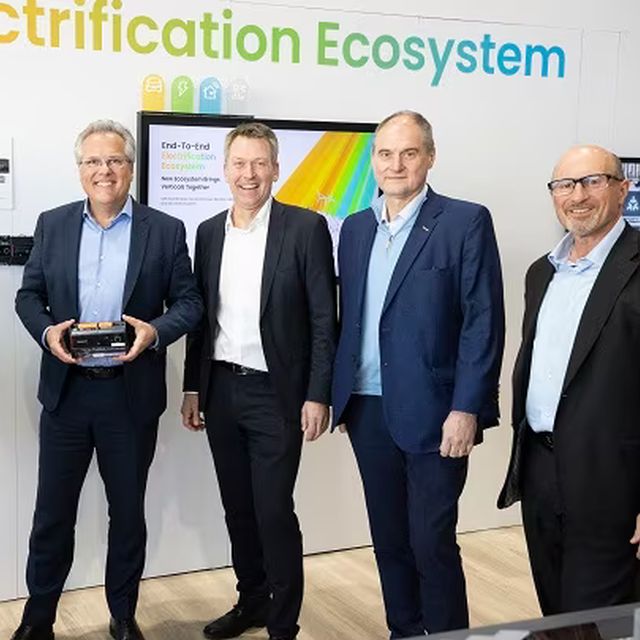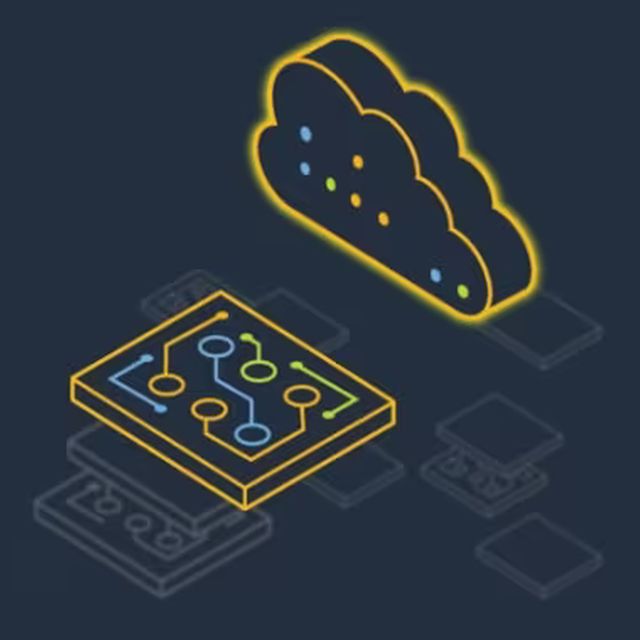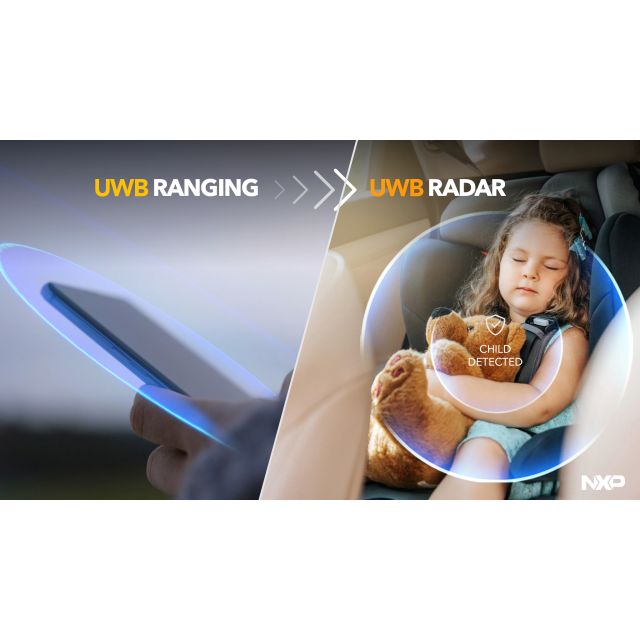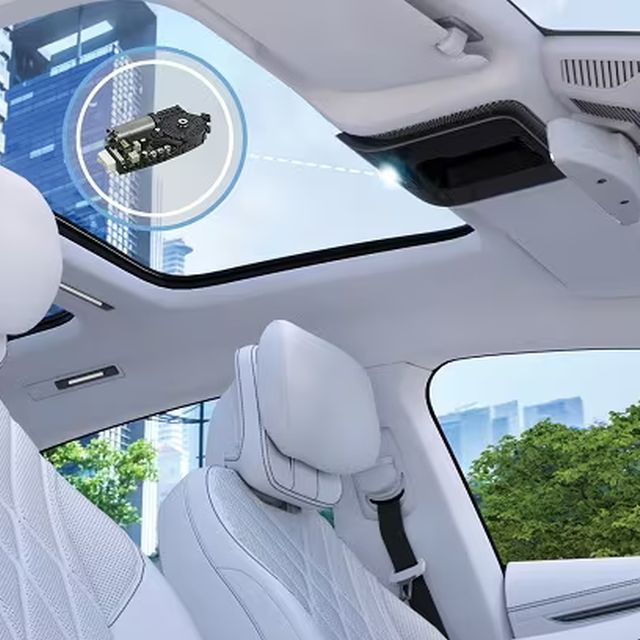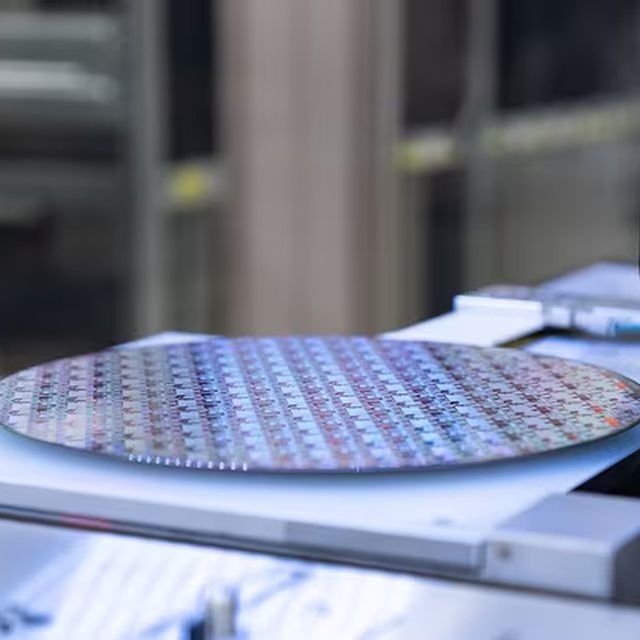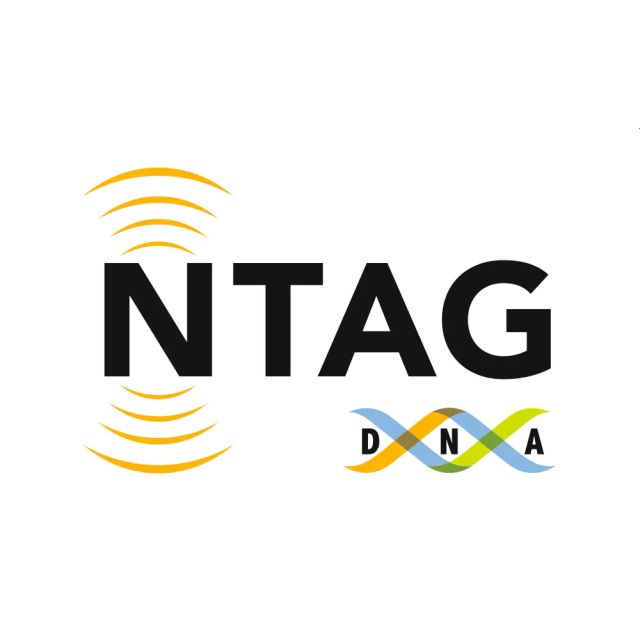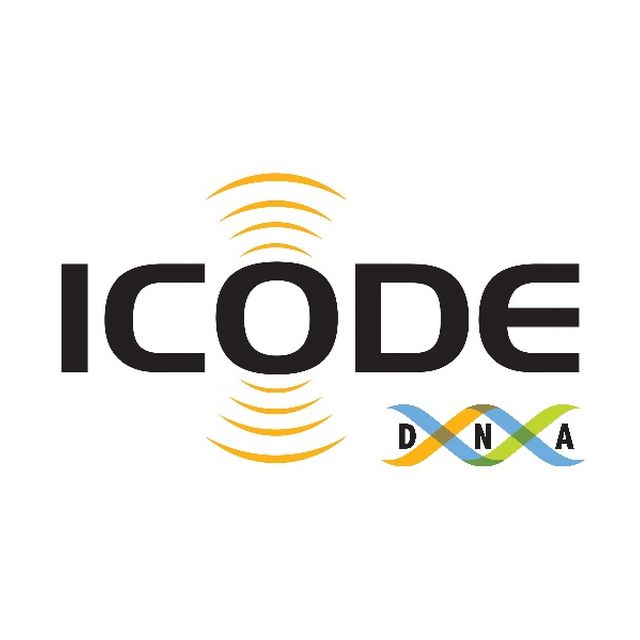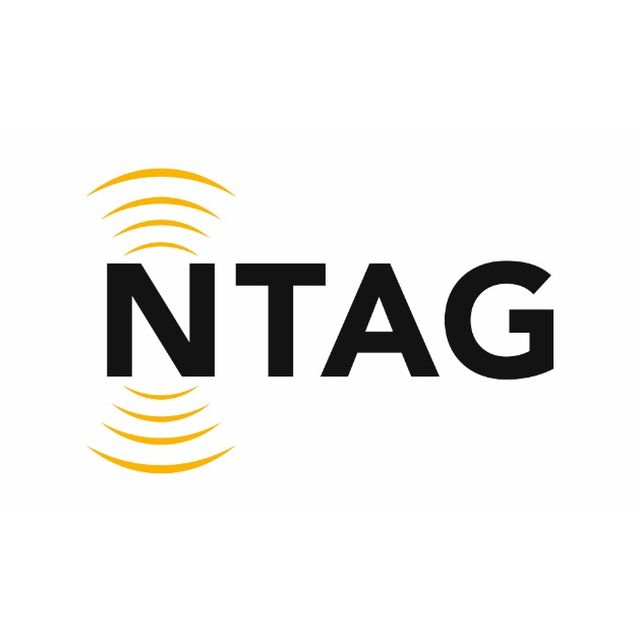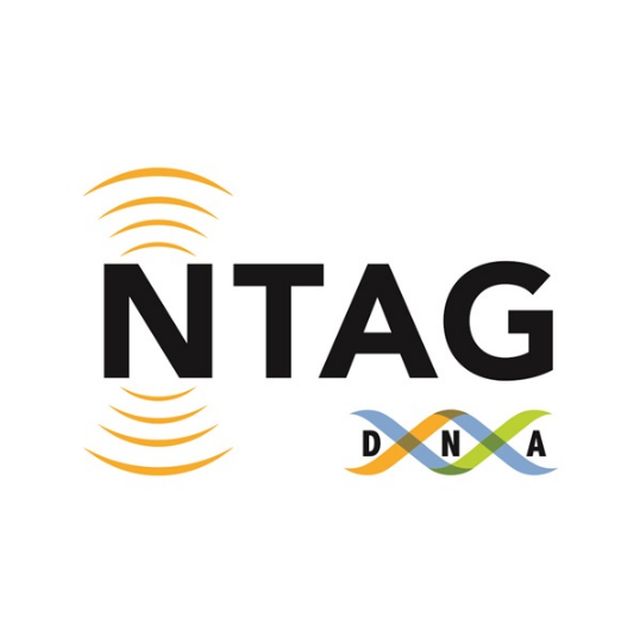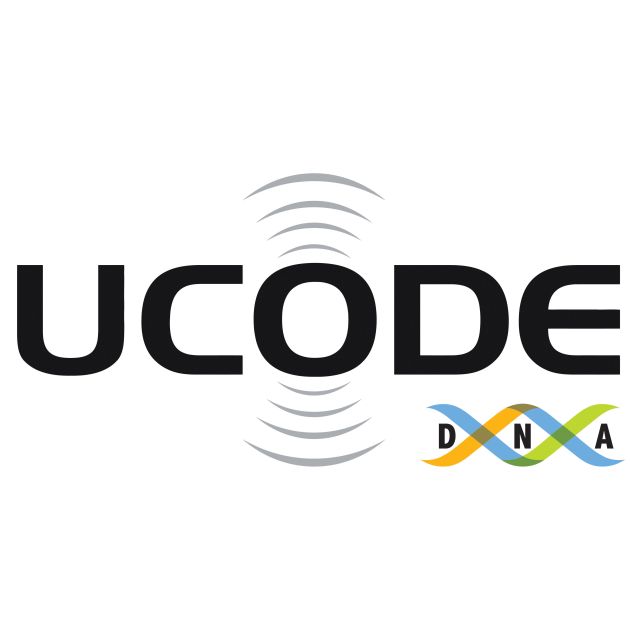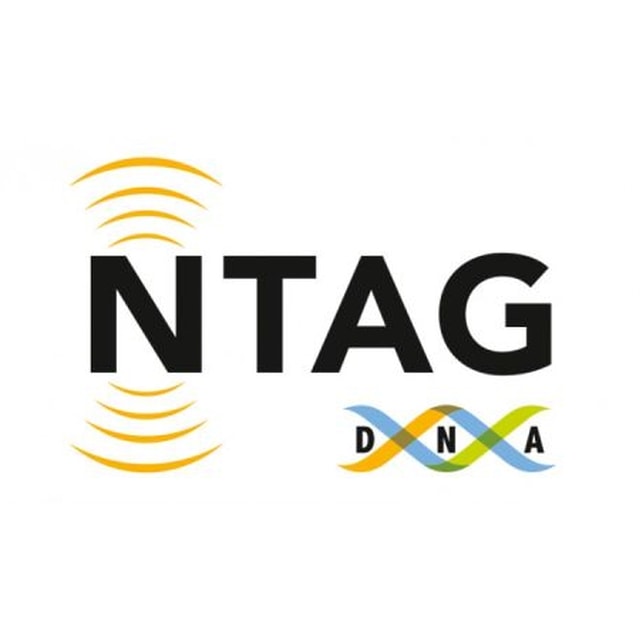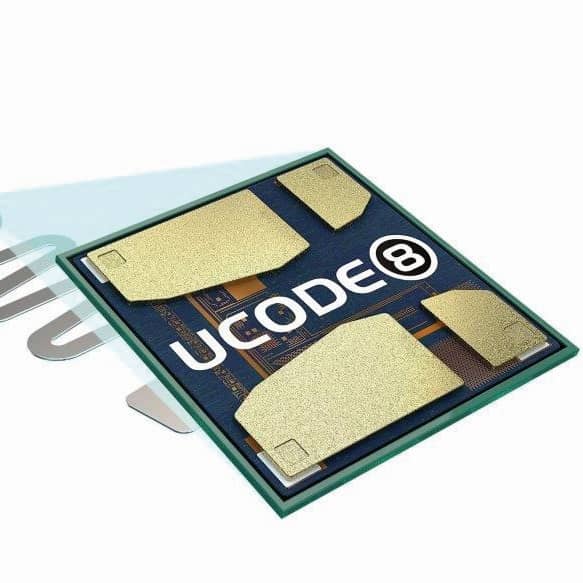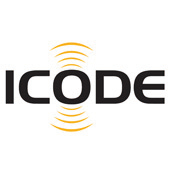Blockchain is good for the supply chain. Here’s why blockchain + RFID/NFC is even better.
Blockchain may be closely associated with cryptocurrencies, since it’s the technology used to record digital-currency transactions, but blockchain is transforming other businesses, too. The promise for blockchain is so strong, in fact, that a July 2018 article in Forbes magazine reported that “ten of the largest public companies in the world are exploring blockchain,” and “at least 50 of the biggest names on the [Forbes 2000] list have all made their own mark on the technology first inspired by bitcoin.”
Blockchain is a digital ledger used to record an event. The event can be just about anything – a financial transaction, the transfer of a good from a manufacturer to a supplier, the passing of a checkpoint at a border, a vote cast by a citizen. And because blockchain does such a good job of recording events while maintaining transparency and security, the technology is finding its way into a very wide range of use cases.
Written by Mahdi Mekic, Marketing Director at NXP Semiconductors.
Improving Supply Chains
Perhaps the biggest application of blockchain to date is in the supply chain. By securely storing all the information relevant to the management of a given supply chain – which can span hundreds of stages and dozens of geographical locations – blockchain gives manufacturers, shippers, and customers a way to gather important data, analyze trends, assure authenticity, implement predictive monitoring, and respond more quickly to inquiries.
A blockchain ledger grows as new sets of transactions, or “blocks,” are added to it. Each block contains a timestamp, relevant transaction data, and a cryptographic hash of the previous block, thus forming a “chain” of blocks. The chaining provided by the cryptographic hashes ensures a high degree of integrity, from the most recent block all the way back to the original block in the chain. Also, the integrity and authenticity of individual transactions are protected by a cryptographic digital signature computed on the basis of the corresponding asymmetric key pair of the transaction owner.
Another feature of blockchain is that, unlike most traditional databases, it is not stored in a single location and controlled by a single entity. Blockchain is distributed across a number of different data-storage entities, each holding the same, unalterable copy of the data. This gives all players in the ecosystem equal access to blockchain data.
When used with a supply chain, for example, blockchain can register the transfer of goods. Ledger transactions can identify all the parties involved along with the date, price, location, quality, state of the product, and any other relevant information. Real-time availability of transaction data makes it possible to trace items back to their origins, and thereby combat counterfeits, reduce grey-market diversions, and verify provenance.
At the same time, the decentralized structure prevents individual parties from manipulating data, and cryptography makes the system more resilient to hacking. Using blockchain in the supply chain can also benefit consumers, since data from the blockchain can be provided to customers as a way to guarantee provenance and verify authenticity.
Powerful Backing
Some of the biggest names in enterprise software and cloud services, including IBM, Baidu, and Accenture, now offer supply chain-oriented versions of blockchain, either as part of open-source consortia and industry associations or in a Blockchain-as-a-Service (BaaS) format. The blockchain ledger runs on their cloud space and customers can use configurable software to tailor their blockchain implementation and integrate it into their existing systems.
The IBM Food Trust™, for example, is a blockchain-based suite of solutions for creating a smarter, safe, and more sustainable food system. Accessible by participants across the food supply, from growers and processors to wholesalers, distributors, manufacturers, and retailers, the Food Trust is a permissioned, permanent and shared record of food system data. The solution is designed to eliminate bottlenecks in the supply chain while helping to ensure food safety and regulatory compliance and enhancing brand reputations for safety and quality.
Demand for these types of services is expected to grow quickly across all sectors, not just the supply chain. ABI Research, in their most recent market report on the subject, predicts that global revenue from blockchain and other distributed ledger technologies will grow from USD 1.3 billion in 2019 to USD 13.2 billion in 2024.
The NXP Perspective
At NXP, we are a long-time provider of supply-chain technologies and we see the potential value in blockchain. We agree that there are benefits to using a shared, distributed, permission-based database to manage supply chains. And we agree that, by adding transparency, security, and traceability, blockchain can make supply chains faster and more efficient, especially when originality and provenance are key concerns.
At the same time, though, we see a way to improve the way blockchain is used in many of today’s implementations. Blockchain is, at its core, a new kind of database and, like any database, is only as trustworthy as the data that is entered into it. While blockchain uses cryptography to safeguard data and can be expected to protect information effectively once it’s in the ledger, the typical blockchain implementation could do more when it comes to preventing inaccurate or fraudulent data from entering the ledger.
Most implementations use a vetting process to clear contributors before they enter data into the blockchains. But the sources for blockchain data are often based on data carriers, such as QR Codes, which can be easy to fake or duplicate. What’s more, data capture is generally based on a manual process or a process with low levels of automation, and this is both inefficient and prone to errors.
The vetting performed on blockchain contributors is often not very thorough and can be faked without much effort. Also, the sources for blockchain data are often based on manual entry or low levels of automation, which can lead to errors while capturing data or entering information.
It’s our view that, to make the setup work effectively in the supply chain, blockchain implementations need to include mechanisms that better protect information and automate data handling. And this is where NXP can help. Our industry-leading supply-chain technologies, which are already used throughout the Internet of Things (IoT) to secure IoT objects and efficiently provide data to the cloud, can enhance blockchain setups by helping to ensure that only quality data from authorized sources is captured and entered.
RFID/NFC to Eliminate Manual Data Entry
Our RFID/NFC portfolio provides item-level tagging, so each item tracked in the blockchain has its own unique identity and can create its own history. Our RFID/NFC tags are also available with sensors that can be used to monitor conditions, such as temperature and humidity, to ensure safe handling of perishables, medications, and other sensitive items.
Item-level data can be configured to flow into the blockchain ledger automatically, with more transactions per second, more enrolments per day, and more units contribution information at once – making manual entry both outmoded and unnecessary. High-level security mechanisms, embedded in tags such as those based on our DNA family of RAIN/NFC ICs, protect data with cryptographic authentication so only trusted information is stored in the blockchain. The tags themselves use very little power and require only minimal network bandwidth for transactions, yet provide ample memory to store relevant data and are easy to configure for cloud and blockchain connectivity.
Also, because NFC reader technology is now available in every major brand of smartphone, consumers can check provenance and verify authenticity by simply tapping the NFC tag placed on a label or the product itself.
IoT Security Solutions for Protected Access
As a complement to our RFID/NFC portfolio, our IoT security solutions, which include everything from secure elements and secure access modules (SAMs) to secure micorcontrollers and microprocessors, can authenticate anyone or anything trying to access the blockchain setup, thereby ensuring only authorized sources provide data to the ledger or access its contents.
End-to-End Automation and Protection
Working together, our RFID/NFC and IoT security portfolios add automation and protection throughout the IoT ecosystem, from individual sensors to smart devices and gateways. When used with a blockchain solution, these technologies can authenticate assets, deploy and protect the credentials used to authenticate blockchain participants, enable secure processing and device management at IoT endpoints, and can provision secure secrets for use with any embedded hardware that connects to the blockchain.
Our technologies provide a root of trust for blockchain data, so supply-chain managers can be confident that the information they’re getting from the field is both trustworthy and protected. As a result, we’re able to reduce the risks associated with blockchain, making it even more secure, robust, convenient, and efficient in supply-chain applications.
A Powerful Combination for Supply Chains
As a leading innovator in supply-chain management, we’re already known for our ability to add value and solve problems while protecting brands – even when blockchain isn’t part of the scenario. In those cases where blockchain will add value, by bringing a distributed, shared architecture to supply-chain operation, our RFID/NFC and IoT security portfolios make a compelling solution even better, by adding extra levels of verfication and authentication. When supported by secure RFID/NFC, blockchain can be a remarkably powerful tool for today’s businesses.
To learn more about the NXP portfolio for supply chain, and how we can help automate and protect blockchain implementations, please contact us. We are at your disposal.






